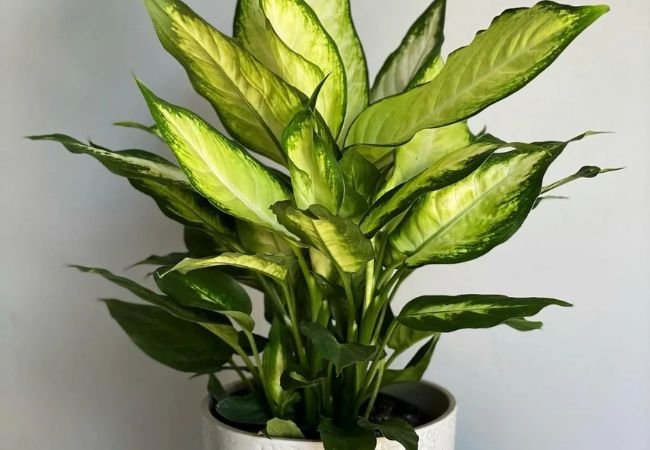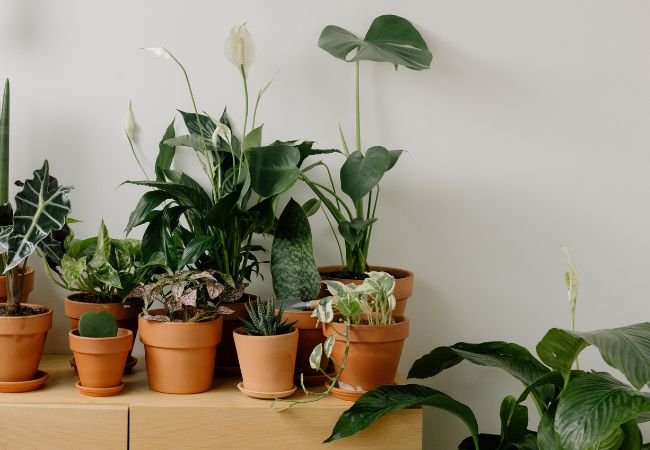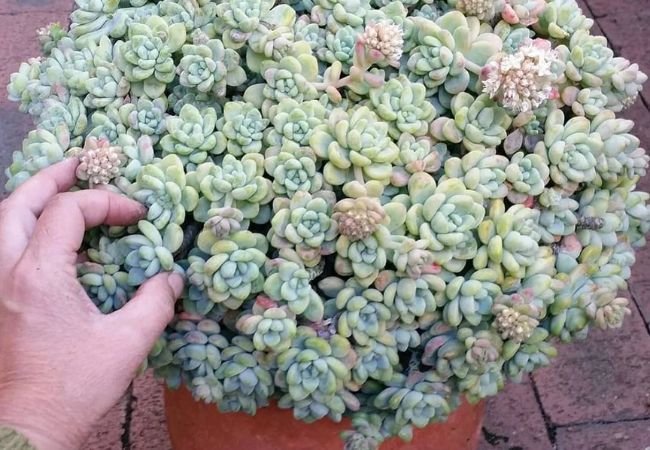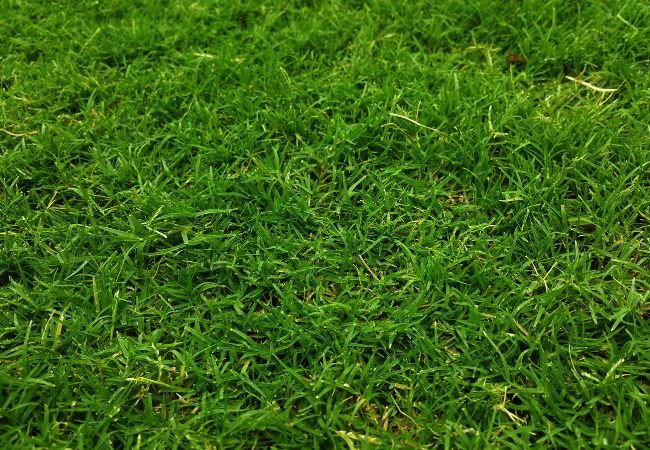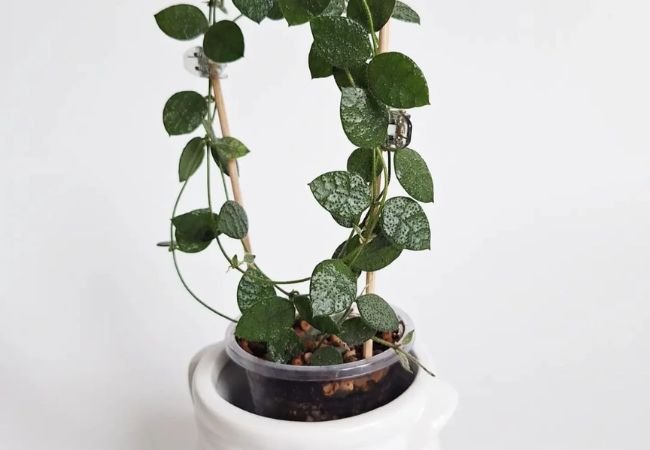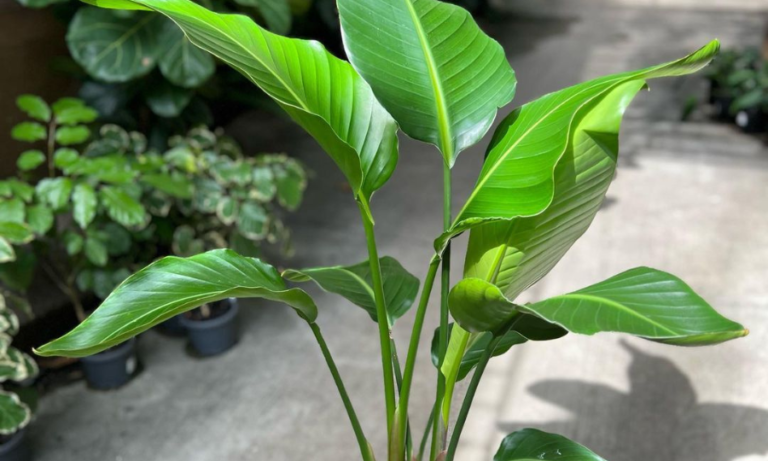Hameln Dwarf Fountain Grass: The Perfect Addition to Your Garden
Add a touch of elegance to your garden with Hameln Dwarf Fountain Grass. Learn tips for growing and maintaining this beautiful ornamental grass.
Are you looking for a way to add texture, movement and year-round interest to your garden? Look no further than Hameln Dwarf Fountain Grass. This charming ornamental grass, with its graceful arching leaves and fluffy plumes, can transform any landscape into a captivating oasis. In this comprehensive guide, we’ll explore everything you need to know about growing and caring for Hameln Dwarf Fountain Grass, from planting to pruning and beyond. Get ready to elevate your garden with this versatile and low-maintenance plant!
Here’s a chart with information about Hameln Dwarf Fountain Grass (Pennisetum alopecuroides ‘Hameln’):
| Category | Information |
|---|---|
| Botanical Name | Pennisetum alopecuroides ‘Hameln’ |
| Common Name | Hameln Dwarf Fountain Grass |
| Plant Type | Perennial Grass |
| Hardiness Zone | USDA Zones 5-9 |
| Sun Exposure | Full sun to partial shade |
| Soil Type | Well-draining |
| Watering | Average |
| Growth Habit | Clumping, mounding |
| Height/Spread | 2-3 feet tall, 1.5-2 feet wide |
| Special Features | Feathery plumes in late summer to fall, compact size, drought tolerant, deer resistant, attracts birds |
What is Hameln Dwarf Fountain Grass?
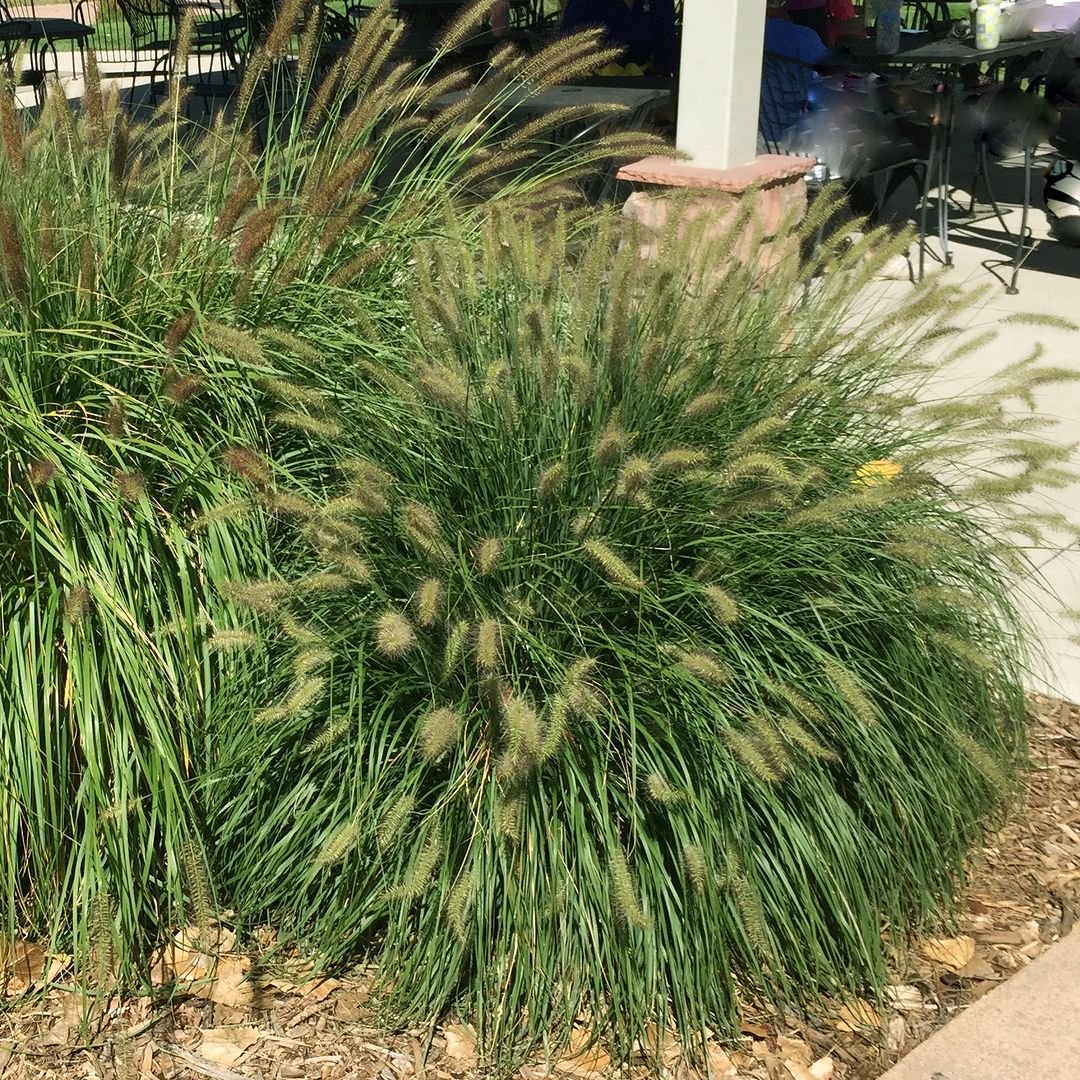
Before we dive into care tips, let’s get acquainted with this beautiful grass. Hameln Dwarf Fountain Grass (Pennisetum alopecuroides ‘Hameln’) is a compact cultivar of fountain grass that belongs to the Poaceae family. It’s prized for its fountain-like growth habit, with narrow green leaves that arch gracefully from the center, creating a mounded shape. In late summer, it produces bottlebrush-like plumes that start out pinkish-white and mature to a warm tan color, persisting well into winter.
This delightful grass gets its name from its compact size compared to other fountain grass varieties and the town of Hameln in Germany, where it was first cultivated. Since its introduction, it has become a favorite among gardeners for its adaptability, low maintenance requirements and stunning visual appeal throughout the seasons.
Key Features of Hameln Dwarf Fountain Grass:
- Height: Typically grows 2-3 feet tall
- Spread: Can spread 2-3 feet wide
- Bloom time: Late summer to fall
- Flower color: Pinkish-white plumes that mature to tan
- Foliage: Narrow, arching green leaves
- Winter interest: Dried plumes and foliage provide texture in winter landscapes
Now that we’re familiar with this beautiful grass, let’s explore how to make it thrive in your garden.
Planting Hameln Dwarf Fountain Grass
Proper planting is crucial for the long-term health and success of your Hameln Dwarf Fountain Grass. Follow these steps to give your plant the best start:
- Choose the right location: Hameln Dwarf Fountain Grass prefers full sun to partial shade. It can tolerate some shade but performs best with at least 6 hours of direct sunlight daily.
- Prepare the soil: This grass adapts to various soil types but thrives in well-draining soil. It can tolerate poor soils but prefers a slightly acidic to neutral pH (5.5-7.0). If needed, amend your soil with organic matter to improve drainage and fertility.
- Dig the hole: Make it twice as wide as the root ball and just as deep. This encourages roots to spread outward.
- Plant at the right depth: The top of the root ball should be level with the soil surface.
- Backfill and water: Gently fill in around the roots with soil, tamping down to remove air pockets. Water thoroughly after planting.
- Mulch: Apply a 2-3 inch layer of organic mulch around the base, keeping it away from the crown to prevent rot.
Caring for Your Hameln Dwarf Fountain Grass
Once your Hameln Dwarf Fountain Grass is in the ground, it’s time to nurture it to its full potential. Here are essential care tips to ensure your plant thrives:
Watering
Hameln Dwarf Fountain Grass is relatively drought-tolerant once established, but consistent moisture during the growing season will promote lush growth. Follow these watering guidelines:
- Water deeply and regularly during the first growing season to establish a strong root system.
- Once established, provide about 1 inch of water per week, either from rainfall or irrigation.
- Use a soaker hose or drip irrigation for efficient watering.
- Reduce watering in late fall to prepare the plant for winter dormancy.
Fertilizing
Hameln Dwarf Fountain Grass isn’t a heavy feeder, but periodic fertilization can promote healthy growth:
- Apply a balanced, slow-release fertilizer in early spring as new growth emerges.
- Use a fertilizer with an NPK ratio of 10-10-10 or similar.
- Avoid over-fertilizing, as this can lead to excessive growth and floppy foliage.
Pruning
Pruning is essential for maintaining the shape and health of your Hameln Dwarf Fountain Grass:
- Cut back the entire plant to about 4-6 inches above ground level in late winter or early spring before new growth begins.
- Remove any dead or damaged foliage throughout the growing season.
- Divide the plant every 3-4 years in early spring to maintain vigor and prevent overcrowding.
Pest and Disease Management
Hameln Dwarf Fountain Grass is generally resistant to pests and diseases, but it’s always good to be vigilant:
- Watch for common pests like aphids or spider mites.
- If pests appear, try hosing them off with a strong stream of water or using insecticidal soap.
- Prevent fungal diseases by ensuring good air circulation and avoiding overhead watering.
Landscaping with Hameln Dwarf Fountain Grass
Now that you know how to care for your Hameln Dwarf Fountain Grass, let’s explore some creative ways to incorporate it into your landscape:
- Mass plantings: Create a stunning display by planting in large drifts.
- Border plantings: Use as a mid-height border plant in mixed perennial beds.
- Accent plant: Plant individually as a focal point in small gardens or to highlight specific areas.
- Container gardening: Grow in large containers for patios or balconies.
- Rain gardens: Its adaptability to various soil conditions makes it suitable for rain gardens.
- Erosion control: The fibrous root system helps prevent soil erosion on slopes.
- Wildlife gardens: The seeds provide food for birds in winter.
Companion Plants for Hameln Dwarf Fountain Grass
To create a harmonious and visually appealing landscape, consider pairing your Hameln Dwarf Fountain Grass with these complementary plants:
- Black-Eyed Susan (Rudbeckia hirta): These vibrant yellow flowers contrast beautifully with the texture of fountain grass.
- Coneflower (Echinacea purpurea): These hardy perennials add a pop of color and attract pollinators.
- Russian Sage (Perovskia atriplicifolia): This drought-tolerant perennial complements the texture of fountain grass with its airy purple blooms.
- Sedum (Sedum spp.): These succulent perennials add interesting texture and late-season color.
- Daylily (Hemerocallis spp.): These colorful, low-maintenance perennials pair well with the graceful form of fountain grass.
Seasonal Interest of Hameln Dwarf Fountain Grass
One of the many charms of Hameln Dwarf Fountain Grass is its year-round appeal. Here’s what you can expect throughout the seasons:
- Spring: Fresh green growth emerges, creating a lush mound of foliage.
- Summer: The grass reaches its full height, with graceful arching leaves.
- Fall: Pinkish-white plumes appear, adding texture and movement to the garden.
- Winter: Dried foliage and plumes provide winter interest and food for birds.
Propagating Hameln Dwarf Fountain Grass
If you’ve fallen in love with your Hameln Dwarf Fountain Grass and want more, good news – it’s easy to propagate! Here’s how:
Division
In early spring, dig up the entire plant.
Gently separate the root ball into smaller sections, each with several shoots.
Replant the divisions immediately and water well.
Hameln Dwarf Fountain Grass in Different Climates
Hameln Dwarf Fountain Grass is adaptable to various climates, but its performance may vary:
- Cold climates (USDA zones 5-6): Provide winter protection with a layer of mulch. Cut back foliage in late winter.
- Temperate climates (USDA zones 7-8): Ideal conditions for Hameln Dwarf Fountain Grass. It will thrive with minimal care.
- Warm climates (USDA zones 9-10): May remain semi-evergreen in mild winters. Provide afternoon shade in hot regions.
Troubleshooting Common Issues
Even with the best care, you might encounter some challenges with your Hameln Dwarf Fountain Grass. Here are some common issues and how to address them:
- Floppy foliage: Often caused by too much shade or over-fertilization. Move to a sunnier location or reduce fertilizer.
- Brown tips: Can be due to drought stress or over-fertilization. Adjust watering and fertilizing accordingly.
- Lack of flowering: Insufficient sunlight is usually the culprit. Ensure the plant receives at least 6 hours of direct sun daily.
- Center dieback: A sign that the plant needs division. Divide in early spring to rejuvenate.
Environmental Benefits of Hameln Dwarf Fountain Grass
Beyond its ornamental value, Hameln Dwarf Fountain Grass offers several environmental benefits:
- Erosion control: Its fibrous root system helps prevent soil erosion.
- Wildlife support: Provides shelter for small animals and food for birds.
- Low water needs: Once established, it’s relatively drought-tolerant, making it a good choice for water-wise gardens.
- Air purification: Like all plants, it helps improve air quality by absorbing carbon dioxide and releasing oxygen.
Hameln Dwarf Fountain Grass in Floral Arrangements
While primarily grown as a landscape plant, Hameln Dwarf Fountain Grass can also be used in floral arrangements:
- Cut plumes when they first emerge for fresh arrangements.
- For dried arrangements, wait until plumes have matured and dried on the plant.
- Use in mixed bouquets to add texture and movement.
Comparing Hameln to Other Fountain Grass Varieties
While Hameln is a popular choice, there are other fountain grass varieties worth considering:
- Little Bunny (Pennisetum alopecuroides ‘Little Bunny’): Even smaller than Hameln, growing only 1-2 feet tall.
- Karley Rose (Pennisetum orientale ‘Karley Rose’): Features rosy-pink plumes and grows slightly taller than Hameln.
- Cassian (Pennisetum alopecuroides ‘Cassian’): Similar in size to Hameln but with more copper-colored fall foliage.
Hameln Dwarf Fountain Grass is a versatile, low-maintenance ornamental grass that can add texture, movement and year-round interest to any garden. With its graceful arching leaves, fluffy plumes and compact size, it’s an excellent choice for gardeners of all skill levels. By following these planting tips, care instructions and creative landscaping ideas, you’ll be well on your way to creating a thriving, beautiful garden that you can enjoy throughout the seasons.
Remember, the key to success with Hameln Dwarf Fountain Grass lies in providing the right growing conditions, consistent care and a little bit of creativity in your landscape design. So go ahead, give this charming ornamental grass a try and watch as it transforms your outdoor space into a captivating oasis that you and local wildlife will love!

